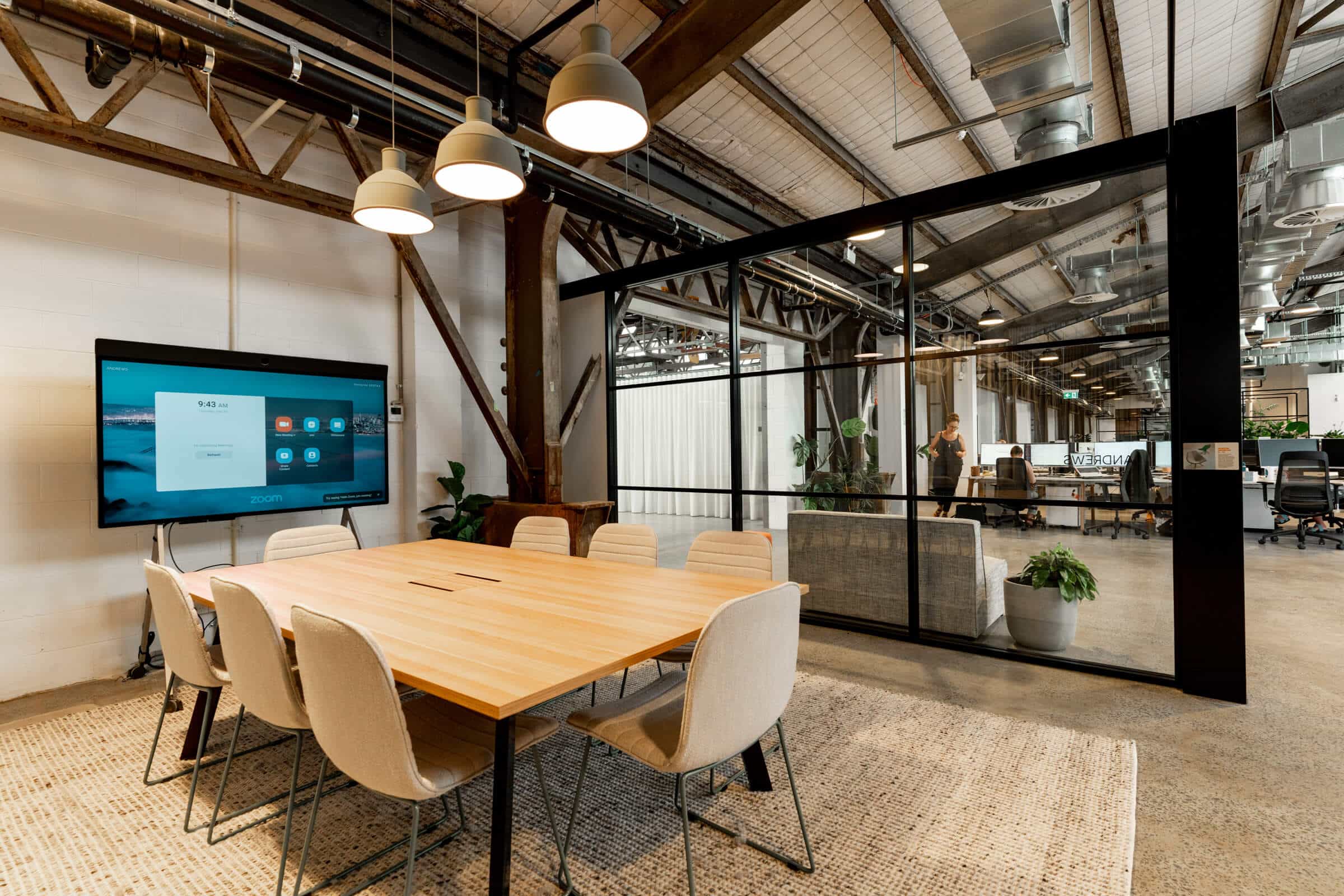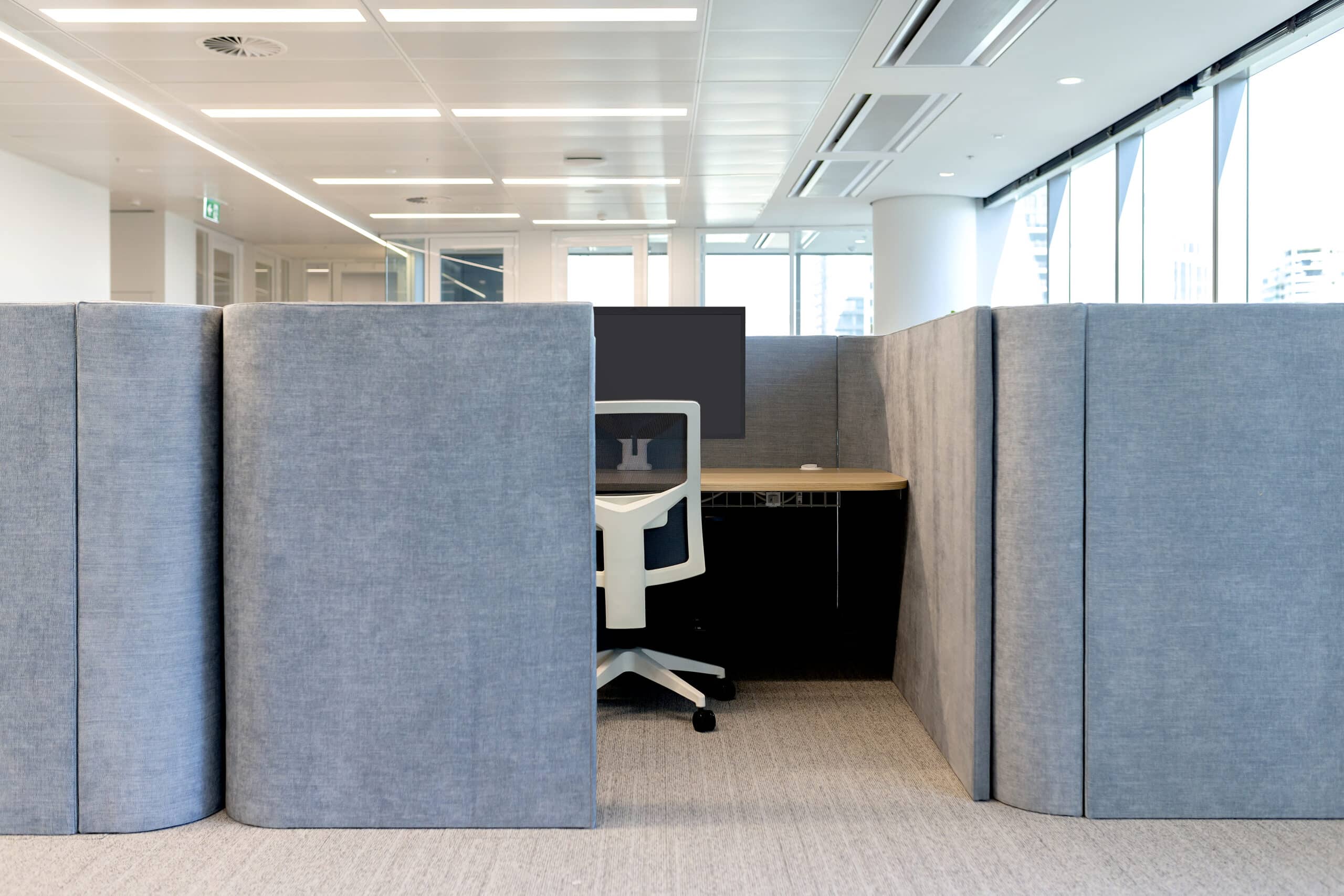
What is the trend?
Throughout any given working day, most people perform many different types of tasks. For example, you might have phone calls and meetings, admin time, and deep work to achieve key outcomes.
Each of these activities require a different environment to get the best results. Meetings call for shared private spaces, phone calls require privacy that an open plan setting doesn’t provide, and focused work requires a lack of distractions and stimuli.
This approach to office space allocation and usage is also known as activity-based working (ABW).
“Activity-based working is a work style that allows employees to choose from a variety of settings according to the nature of what they are doing, combined with a workplace experience that empowers them to use those spaces throughout the day.” — Source
ABW is proven to reduce operational and occupancy costs, increase productivity, and improve employee physical and mental health.
As existing office spaces and leases come up for renewal, you can expect to see more companies embrace ABW when doing their fitouts.
Why is this trend important?
Staff turnover is at an all time high, and this is costing employers big time. Every time a team member is replaced, there are added business costs due to lost productivity, HR, and training.
Stat: during the year ending February 2022, 22% of professional workers in Australia changed jobs.
For many of the day-to-day tasks of the modern workplace, being physically present isn’t a necessity.
When team members are able to forego the commute to work a few days each week, it not only results in improved productivity from staff – it also means less stress and time spent commuting.
So why not give employees the best of both worlds? An uplifting office experience where they can connect with colleagues and collaborate, and the ability to work remotely when there’s a need for prolonged periods of focus?
How can we embrace this trend?
In the traditional 9-5 office environment, it’s all too easy to equate employee commitment and performance to their inputs (hours worked) rather than outputs (work produced).
Rather than falling into the input utilisation trap, aim to focus on employee output instead, and structure remuneration around performance accordingly. After all, this is much more directly tied to the outcomes that drive overall business performance, and is much more motivating for skilled staff.
And remember, every team member works differently. We all have different days and times of the day that we perform best. We all commute from different locations, with different times of peak traffic, and have different commitments outside of work.
Learn about each team member’s rhythms and if practical, try to align when they need to be in the office with what works best for both them and the wider team.


